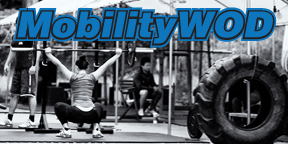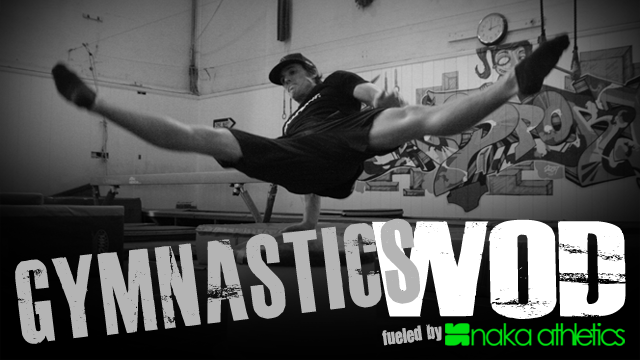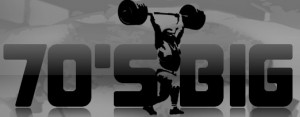7
Apr / 12

Today’s strength work is the bench press, and I came across a recent post on 70sBig.com that I wanted to share with you all in hopes of improving your bench press. It has to do with our latissimus dorsi, commonly referred to as our lats, and why their involvement in the bench press is important, but also how their role may be misunderstood. Marcus posted some helpful videos last year that featured Starting Strength coach Mark Rippetoe (a.k.a. Rip) going over the basic setup for the bench press. Oftentimes I teach the bench press in a way similar to Rip since we adopted his teaching methodology after attending one of his last CrossFit Barbell Certifications in 2009. One cue that I like to add just before lifting the bar off of the rack is for the lifter to squeeze their lats. Sometimes I receive a confused look from the lifter either because they aren’t sure what their lats are or lack the body awareness to properly activate them, or because they aren’t sure why I’m having them engage “back” muscles on a lift that is predominantly “chest”. Instead of the traditional bodybuilding perspective of classifying lifts by the major muscle groups they engage, let’s instead approach it from a more scientific angle by the articulations (joints) involved and the movement occuring at those joints. This approach will make it a bit easier to understand why the lats (the muscles pictured above that get crazy sore after lots of pullups) can help us improve our bench press.
Here’s a quick summary of Justin’s post:
- The lat has “five movement roles at the shoulder, some more important than others: extension, adduction, horizontal abduction, flexion from an extended position, and internal rotation.” (Check out Justin’s video here demonstrating the movements of the shoulder). The lat’s primary function is extension, yet it’s interesting attachment site allows it do some other things.
- The shoulder should be in some degree of external rotation when benching (closer to a 45 degree angle) so that a) the external rotators are not stretched like they were in the last paragraph, b) it effectively distributes the load through the anterior shoulder girdle, and c) it stretches the internal rotators. This last point is the most relevant to our discussion.
- The entire set up of the bench press facilitates tightness — the shoulder girdle requires tension and tightness to perform optimally since it’s a joint that doesn’t have a lot of stability. The more solid the body is on the bench AND the tighter the tension around the shoulder joint, then more force can be applied to the bar. If there was less tightness or stability, some arbitrary amount of force application would be lost due to instability (the same reason you can’t squat your 1RM on a Bosu ball or water bed).
- Throughout the descent of a bench, the lats shorten since the shoulder is experiencing extension and slight horizontal abduction. During the ascent, the lats are stretched a bit when the movement is reversed — this shows that they aren’t contracting during the ascent to “help the bar up”. However, since the shoulder maintains external rotation, the lats maintain a steady stretch, or constant tension, throughout the descent and ascent. When the lat maintains it’s tension it reinforces the shoulder and makes it incredibly more stable. Tension and stability equals more force application in the bench.
This recap is just a snapshot summary of Justin’s entire post on the 70sBig website. He goes into more detail and does a really excellent job covering the topic, so be sure to read it over as well as the other humorous/informative posts on the site. Hopefully you now understand why stronger lats and ability to keep tension around the shoulder helps improve your bench press. If you are still confused or have questions what this looks like, ask your coach today when they review the bench press with your group.
WOD 04.07.12
Bench Press 3×5 or Wendler
Partner Tabata (8 Rounds Each of 30 seconds of work, 30 seconds of rest, alternating):
Sled Pulls
Tire Flips
Suicide Shuttle Runs


 310.465.6565 |
310.465.6565 |



















comments